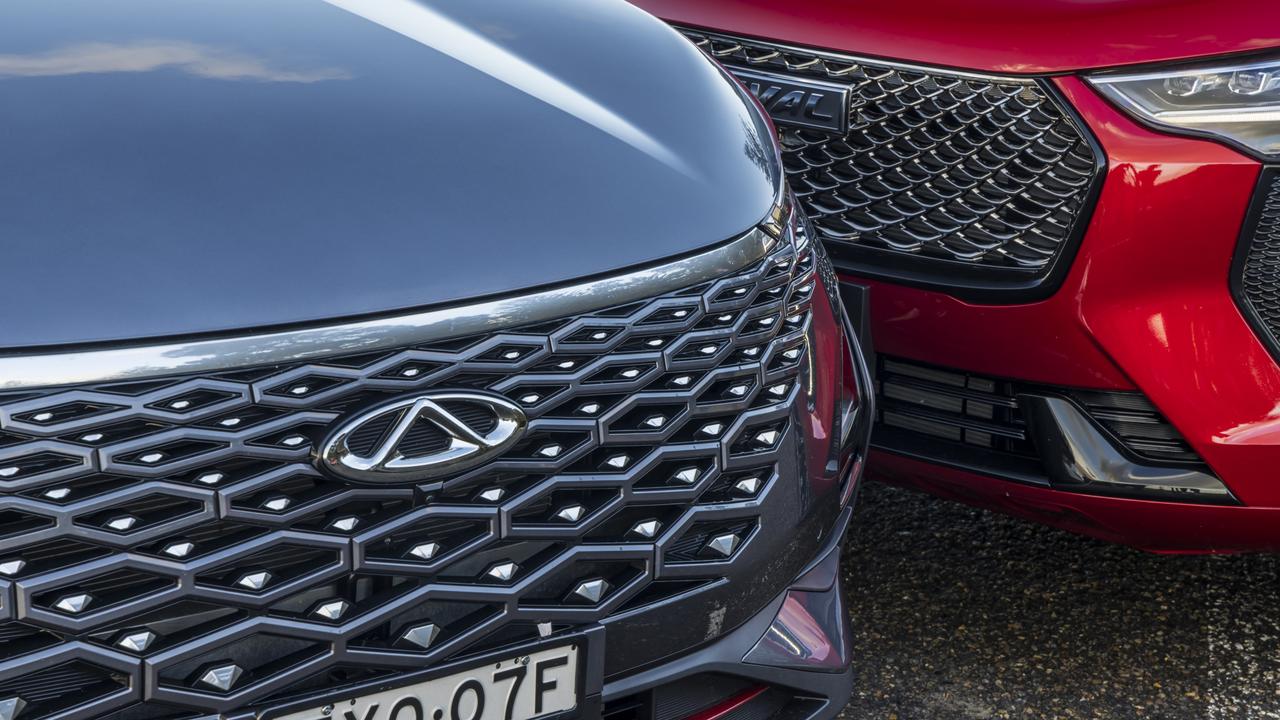Government’s emissions laws will be toughest on utes
The government’s new vehicle CO2 targets have been described as among the toughest in the world - and our most popular cars will be hardest hit by the changes.

Motoring
Don't miss out on the headlines from Motoring. Followed categories will be added to My News.
Australia’s new emissions targets, which the car industry argues will add thousands of dollars to the price of new vehicles, are among the toughest in the world, according to the Motor Traders Association.
MTA boss Matt Hobbs said that unlike emission standards in Europe and the United States, the federal government’s new rules — starting in 2025 — didn’t have any incentives, only penalties.
He wants the proposal refined to reflect the approach of the US, which in the past has offered incentives for car makers to bank credits for the EVs they sell.
“We only get the stick. There’s no carrot,” he said.
The Federal Chamber of Automotive Industries has said the bold new targets, which aim for a 60 per cent reduction in tailpipe emissions in five years, will push up the price of the country’s most popular vehicles by thousands of dollars.
The top three selling vehicles in the country, the Ford Ranger, Toyota HiLux and Isuzu D-Max, are among our thirstiest and will struggle to meet the targets without radical changes.

Toyota sales and marketing boss Sean Hanley said the government’s preferred plan was too ambitious.
“The proposed transition timing is too quick, the trajectory too steep – especially for large four-wheel-drive SUVs and light-commercial vehicles,” he said.
“It simply doesn’t recognise the technical hurdles, the lengthy time and the substantial cost
that will be required to deliver commercial EVs that are practical, capable and affordable.
“In short, unless the final scheme is less aggressive, it will have a profound negative impact
on regional and rural Australia – and that will reverberate throughout the Australian
economy.”

Climate Change and Energy minister Chris Bowen said this week the standards were “not radical” and were simply aimed at catching up with the rest of the world.
But a head-to-head analysis between the government’s preferred vehicle emissions plan and the European Commission’s plan shows Labor’s are more ambitious over the next five years.
Under the government’s preferred New Vehicle Efficiency Standards (NVES) model the initial CO2 tailpipe targets will be softer than Europe’s but they will ramp up dramatically after two years.
By 2027 our CO2 targets for passenger cars will be roughly the same as Europe, but our targets for commercial vehicles such as utes will be stricter.

Then in 2028 and 2029 they ramp up considerably.
By 2029, utes in Australia will have to produce less than 81g/km of C02, compared with the European Union’s 2025-29 target of 153g/km.
Europe won’t match or better our targets until 2030.
The US has flagged stricter targets than Australia, but they have allowed car makers to bank generous credits for each EV they sell over the past couple of years.
They also give concessions for other emissions reduction technology such as low CO2 airconditioning and tyre pressure monitors, which can allow them to reduce the target significantly.
Infrastructure, Transport, Regional Development and Local Government Minister Catherine King defended the changes.

“The Albanese Government is consulting on an Australian New Vehicle Efficiency Standard that is right for Australia. I have been talking to the Australian CEOs of the major car manufacturers as part of the consultation process,” she said.
“New vehicle efficiency standards operate in 85 per cent of the global car market and the NVES Impact Analysis found ‘evidence to date consistently finds no purchase price impact, or a negligible purchase price impact, for consumers’.”
The car industry is becoming increasingly worried that the new laws will pass through parliament without any significant amendments.
One senior car industry executive said the government would face more opposition in parliament if it watered down the targets, given the influence of the Greens and independents in the Senate.

And industry sources said they were bewildered by the government’s claims that the new laws won’t increase the cost of new cars.
The easiest way to meet the targets is to introduce plug-in hybrids, which can typically travel between 30 and 60km on electricity alone before switching to their petrol engines.
The Mitsubishi Outlander PHEV is almost $18,000 more expensive than its petrol-only equivalent.
Mr Hobbs said he was encouraged by the fact that the government was continuing to consult with the industry.
“This is still a consultation process. It’s still not too late. We look forward to working with the government to refine the proposal and bring it in line with the US,” he said.
More Coverage
Originally published as Government’s emissions laws will be toughest on utes









